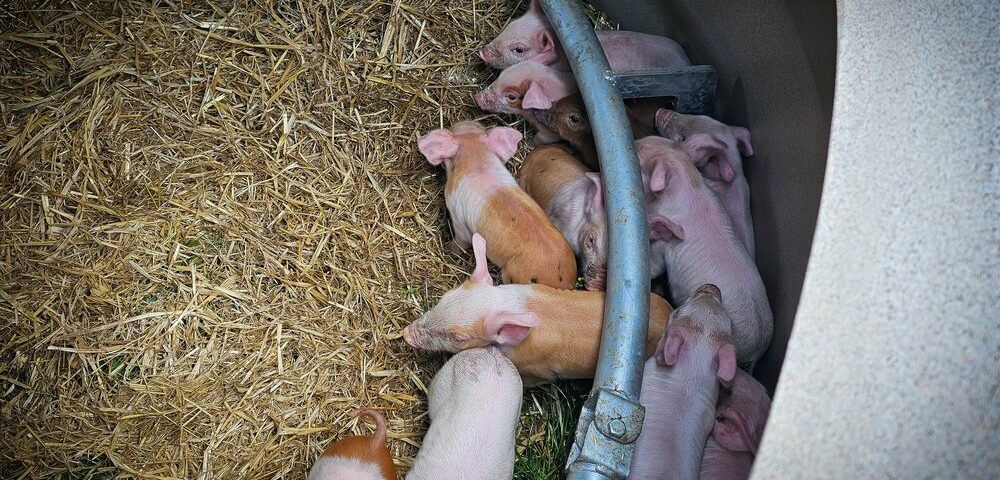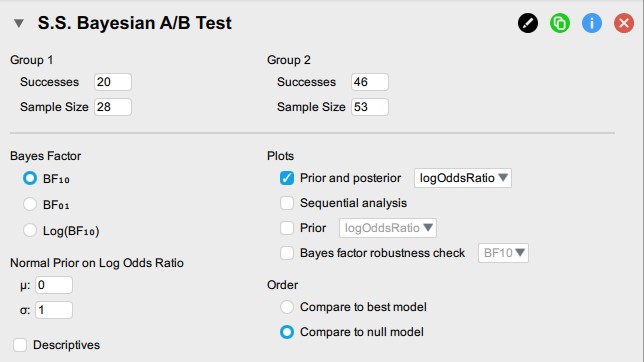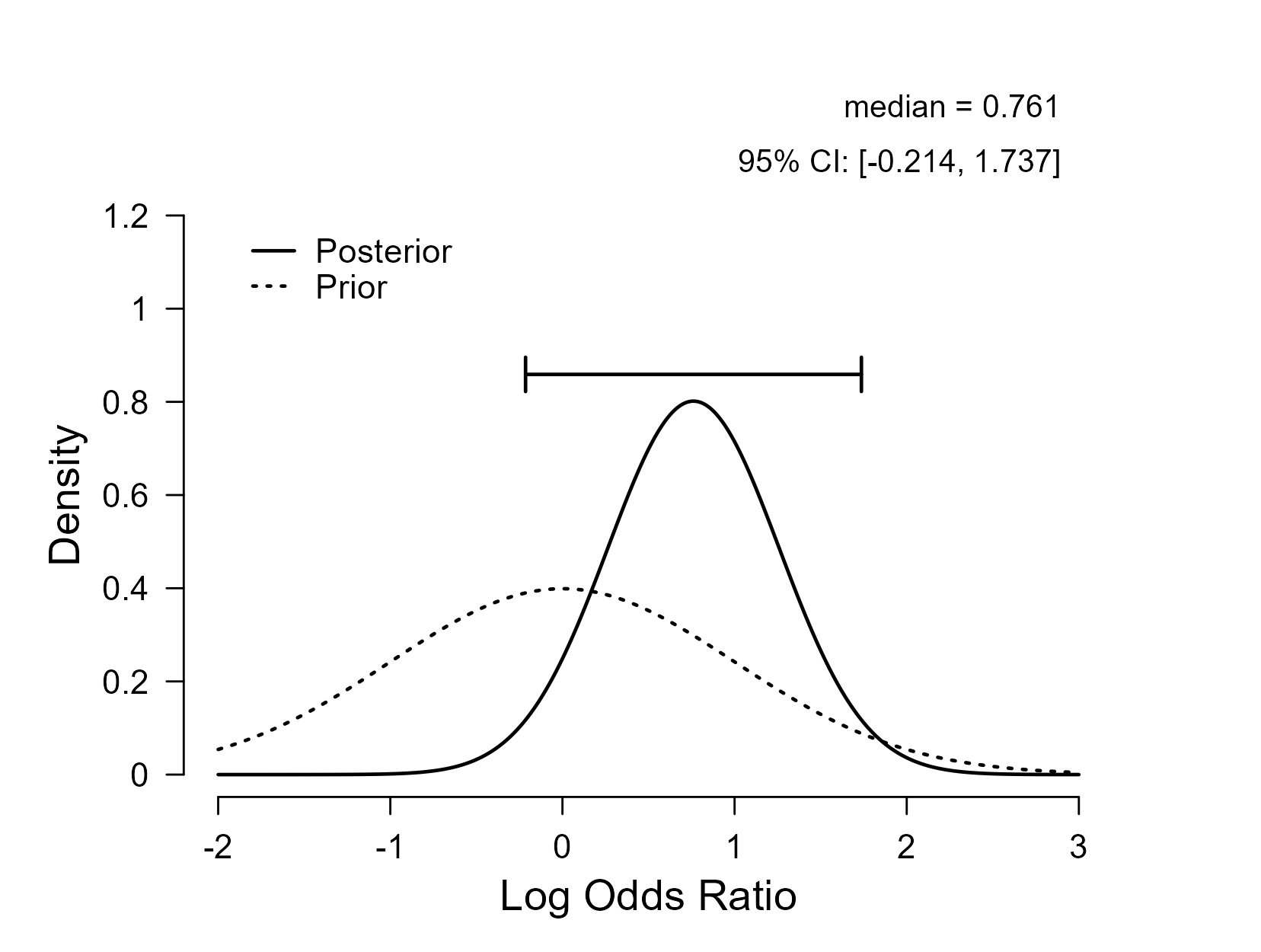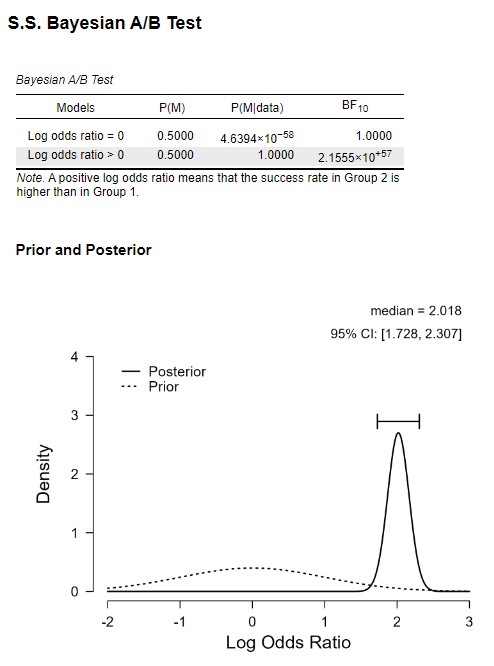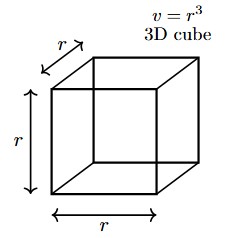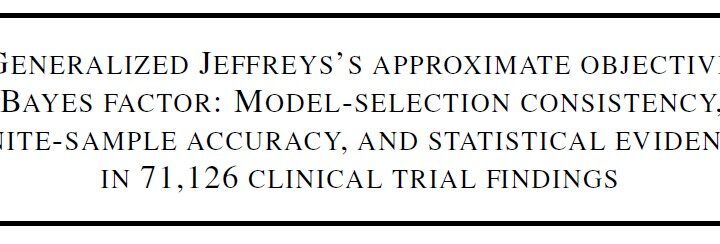The hit series “Clarkson’s Farm” has Jeremy Clarkson attempt farming, in a highly amusing mix between Mr. Bean, John Cleese in Clockwise, and Pat & Mat. After binge-watching the first three seasons, I was struck by one particular topic: the mass death of the piglets. Clarkson houses his sows in “pigloos” — dome-shaped pig farrowing pens. The first time the sows have piglets, many are crushed to death by their mothers, which greatly upsets both Clarkson and his partner Lisa Hogan. Clarkson then suggests that the pigloos ought to be adjusted to prevent the mass squashing from happening again, and this prompts the pigloo-builders to add a ring inside the pigloo, allowing the piglets an safe escape route behind the back of their mothers. The contraption is now known as Clarkson’s Ring.
Has it Worked?
When the sows had piglets again, the immediate question is whether the ring worked. Below is the relevant transcript from Clarkson’s Farm (S3, E8, 25:02-25:57). JC is Jeremy Clarkson, LH is Lisa Hogan, KC is Kaleb Cooper (the farmer who has experience farming):
JC: So the total number of pigs we had in March was 28…piglets.
LH: Yeah.
JC: This time, 53.
LH: Woh. I think that’s because there’s fish running up and down…
JC: I think it’s because they’re happy, running up and down the woods.
LH: I think so.
JC: But, this is the main thing for me, you know my pig ring?
LH: Yes.
JC: Has it worked? [pause] Last time, 28 per cent was squashed by their mothers.
LH: Ugh.
JC: This time, 13 per cent.
LH: Ohh! That’s very good; that is excellent!
[later] KC: I tell you though, I have to admit this, yes [points in a circle]…Clarkson’s Ring — it worked.JC: Yeah. I mean you can just see she’s pushed up here, against the ring, and the piglets could run behind her. I mean that’s extraordinary.
This innocent conversation raises enough issues for a two-hour lecture on research methods and statistics. I can only scratch the surface here, and will freely admit that certain things still puzzle me. But we will get to this later.
If one wanted to critique this result, one could point out that the sows are now older, and may have become better mothers; maybe they learned that sitting on your offspring adversely affects the piglets’ health. Who knows; it is at any rate not implausible that more experienced sows tend to squash piglets less often than younger sows.
Do the Clarkson Data Provide Strong Evidence?
Leaving aside the confound of the sows’ experience, we have the following data. The first time, out of 28 piglets, 20 lived and 8 died (28% squash rate); the second time, out of 53 piglets, 46 lived and 7 died (13% squash rate). A one-sided p-value for the comparison of these two proportions is 0.08, with a 95% confidence interval on the log odds ratio ranging from -0.176 to 2.11. In other words, the data do not allow Clarkson to reject the null hypothesis that the ring is ineffective (note the triple negative). However, Clarkson might object that he is simply interested in gauging the evidence that the data provide for the ring working vs. not working. We therefore use JASP to conduct a default Bayesian AB test, using the Summary Statistics module. This is the input GUI:
Focusing first on parameter estimation for the log odds ratio, JASP outputs the following result:
The posterior distribution is very wide, suggesting that there is considerable uncertainty surrounding the effectiveness of Clarkson’s ring: it could help a lot, it could help a little: we really need more piglets to tell. These results echo those of the frequentist confidence interval.
As far as hypothesis testing is concerned, the Bayes factor in favor of H+ (the ring helps) versus H0 (the ring is ineffective) equals 3.00. This is weak-to-moderate evidence: the observed data are three times as likely under the hypothesis that the ring helps as under the hypothesis that the ring is ineffective. Such evidence would boost a prior probability of 0.50 to 0.75, leaving a considerable probability of 25% for H0. Time to breed more pigs, it seems, and perhaps use a proper experimental design. However…
Is the Clarkson Ring an Innovation?
I am not and have never been a pig farmer, and my knowledge is based on browsing the internet. Neverthess, even those who are new to pig farming would suspect that the problem of piglets being squashed is as old as the pig itself, and that pig farmers would have given this issue a lot of thought already. The real question therefore is: is the Clarkson Ring a true innovation or not? Some initial internet searches point to a “pig rail” construction for larger breeds of dog:
Most boxes will include a low railing (termed rails, pig rails, or roll-bars) fixed to the inside perimeter of the box. This is to protect puppies from being crushed or smothered by the mother should she roll over during birthing or while asleep. This is considered especially important with larger dog breeds.[1] [1] Rice, Dan (1996). The complete book of dog breeding. Barron’s Educational Series. pp. 79–82. ISBN 0-8120-9604-5. Retrieved 2009-10-21.
Some more searching reveals a number of “pig rail” /”anti-crush bar” constructions that appear to me to be very similar to the Clarkson Ring (for instance, Figure 2 here, this, this, this, and in particular this). So my current belief is that the idea of the Clarkson Ring has been around for a long time.
What is the Posterior Probability that Clarkson’s Ring is Effective?
Clarkson’s Ring is not a new idea, and it makes intuitive sense. A similar system was proposed already in 1958. I quote from here:
The Pigloo system was first revealed on April 16, 1958. It quickly gained industry attention, described as “likely to revolutionize the present hog-raising methods.” Built with wood, the structure featured a unique, 12-sided design, much like an igloo. It allowed sows to lie with their backs against the wall and their udders facing a metal guard, safely isolating the sow for a natural birth without need for human assistance. Newborn piglets were then coaxed toward an electric heat lamp to find warmth, distanced from their mother who could accidentally crush them. When the piglets needed milk, they nursed from beneath the metal guard, ensuring continued safety. And because each Pigloo housed a single litter, the baby pigs were shielded from possible diseases spread by other animals. The isolation also afforded them the opportunity to build up their own antibodies, further protecting them from illness.
After the Pigloo’s initial development, Cargill performed preliminary testing over the course of three years with approximately 5,000 animals. The results proved promising: mortality rates from crushing dropped from 14% to less than 2%, and deaths related to disease fell from 10% to almost zero.
This means there exists compelling evidence that a pigloo + pig rail system + heat lamp lowers the probability of piglets being squashed compared to “popular housing”. In fact, conducting a Bayesian A/B test on 2150/2500 vs. 2450/2500 produces the results shown below — overwhelming evidence for the effectiveness of the Cargill pigloo:
Of course this comparion does not isolate the rail system. A good test would keep everything the same except for the rail. One may even contemplate a “within-sow” experiment. Regardless, prior data do seem to offer some evidence that the pig rail works. On the site of Clarkson’s Ring, promising results are announced:
Development of the proposed design started as soon as we returned from our meeting with Jeremy at Diddly Squat. The first prototype was produced within days and pig specialist, Rob McGregor, agreed to start using it at one of the farms he manages, LSB pigs Norfolk.
The trial’s work has continued to provide data every month and performance records have shown that average piglet mortality has been halved from a herd average of nearly 12% to sub 6% for the sows and litters using arks where a Clarkson’s Ring is fitted.
That is a substantial achievement and a major contribution to improving farm animal welfare, breed preservation and overall commercial viability.
I have asked about the details of these data but have yet to receive a reply. Nevertheless, prior experience seems to suggest that Clarkson’s Ring will work, and my personal probability that it does is pretty high (higher than 0.95).
The Mysteries that Remain
There is a fascinating Reddit discussion on Clarkson’s Ring. Some hypotheses, claims, and remarks that can be found there:
- Maybe Clarkson’s pig breed are particularly bad mothers, partly explaining the high crush rate.
- Maybe professional farmers spend more attention on the sows in the early days after giving birth, preventing the piglets from being squashed.
- Maybe the arks/pigloos are just fine, even without the rails, but Clarkson and the film crew disturbed the sows too much (EJ: this seems at odds with the hypothesis immediately above).
- Maybe it was a mistake of the pigloo company not to insist that pig rails be installed from the get go.
- Maybe pigloos are good as a pig house but not as a pig nursery (EJ: this seems not to be the case, see above).
References
Gronau, Q. F., Raj K. N., A., & Wagenmakers, E.-J. (2021). Informed Bayesian inference for the A/B test. Journal of Statistical Software, 100, 1-39.
Hoffmann, T., Hofman, A., & Wagenmakers, E.-J. (2022). A tutorial on Bayesian inference for the A/B test with R and JASP. Methodology, 18, 239-277.
